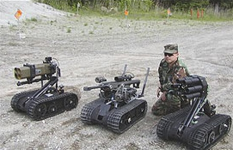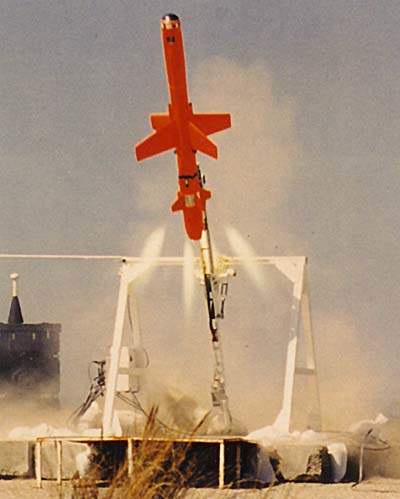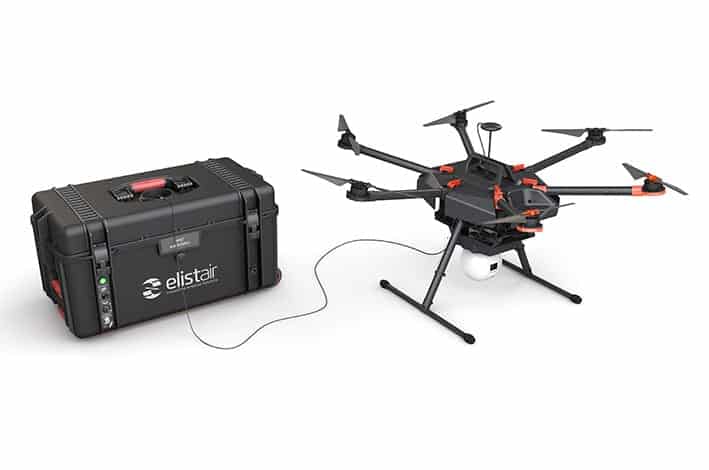He'll be baaaack!
I think we have moved in that general direction in any case. In my view any self-regulating system, whether it is spring loaded or digital is autonomous. It becomes one less thing an operator has to worry about.
Engine temperature. Torque. Air Conditioning. Track Tensioning. Cruise Control. Gun stabilization. Slew to cue. Auto-Pilot. Return to Base. Fire and Forget Missiles. To my mind all of those are examples of autonomous systems and every generation of vehicle is accumulating more of those systems and reducing the work load on the crew. Keep in mind that the MkIV tank had a crew of 8.
Now we're down to one gunner, one loader, a driver and a commander. The gearsman union is out of business. The loader is headed the same way and in some vehicles we are down to just the driver and the commander with an RWS.
I don't think it will be long until we are seeing formations of 4 inhabited vehicles with only 4 crew total. And I suspect that Optionally Manned will primarily mean Fiber Optics and Remote Controlled for a long while yet, or at best, playing follow the leader.
View attachment 79631
It doesn't really matter the size of the vehicle - the same control pad and joystick will work for any of them.






